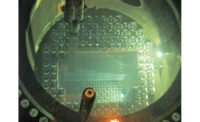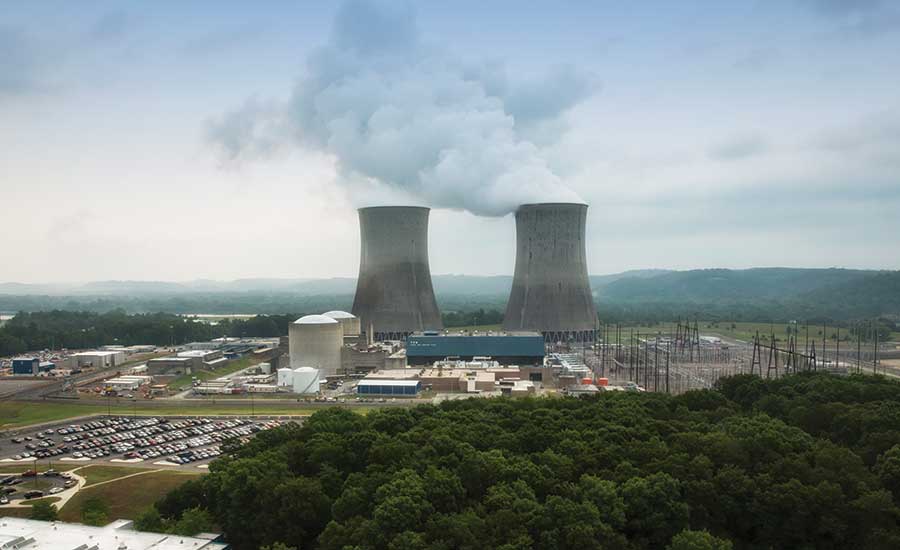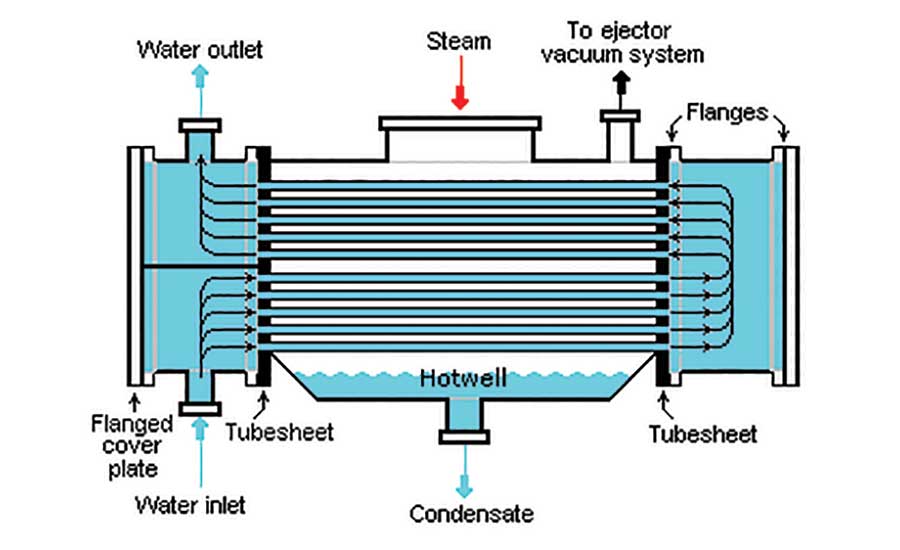Watts Bar 2 Nuclear Plant Shut Down After Failure

False Start TVA was forced to shut down its $4.7-billion completion of Watts Bar 2 after failures in the refurbished condenser. Image courtesy of TVA

False Start TVA was forced to shut down its $4.7-billion completion of Watts Bar 2 after failures in the refurbished condenser (above).


The Tennessee Valley Authority is working to determine what caused the structural supports of a refurbished condenser to fail and how best to repair the damage at the newly commissioned Watts Bar 2 nuclear unit on the Tennessee River.
Repairs on the condenser, original to the mothballed nuclear plant, will be a logistical challenge, TVA spokesman Jimmie Hopson says. “How do you get steel into a sealed metal box?” The owner hired Chicago Bridge & Iron to manage the repairs. The federal power producer notified the Nuclear Regulatory Commission on March 23 that the unit was shut after the main condenser lost vacuum as it was starting up from an outage.
The failure was on the generation side of the unit, not the nuclear-reactor side, says Hopson. The condenser sits under the turbines and cools the steam, condensing it to water.
The unit was at 16% power when the waterbox, which contains cooling water from the river, “experienced a structural failure, causing the loss of the main feedwater pump and an automatic turbine trip,” TVA said in a report to NRC.
The failure allowed steam to enter the main turbine building, resulting in the closure of the main steam isolation valves at the unit, TVA noted in the report.
When the structural members collapsed, it caused a “hole” in the vacuum, Hopson says. The condenser must handle the vacuum and process 140,000 gallons of water a minute. The structural failures were in structural steel, the steel plates and the welds, Hopson notes. It is not yet clear whether there is damage to the 25,000 tubes in the condenser. TVA engineers are assessing the damage and performing a root-cause analysis to see whether the failures were a design issue or a construction issue. The 150-ft by 350-ft condenser is three stories tall. The assessment is being performed slowly, section by section.
TVA began construction of Watts Bar 2 in 1973 but put it on “deferred construction status” in 1985. A decade later, it ended its plan to complete the unit, about 80% complete at the time.
TVA’s board of directors in 2005 authorized the completion of the 1,150-MW unit, which, after numerous problems with cost and schedule, came on line in October 2016. TVA opted to refurbish the Westinghouse-designed condenser, which had been installed during the original construction period, decades ago.
Equpment—and other things—tend to fail at the beginning or end of their life span, which is known as the “bathtub curve.” By refurbishing the condenser, TVA tried to turn back the clock from an end failure, but that carries its own risk, says Dave Lochbaum, director of the nuclear-safety project for the Union of Concerned Scientists. By putting the condenser back into near-pristine condition, TVA might have moved it into the early-failure time frame, says Lochbaum, a nuclear engineer. “Or it could have been totally random,” he says of the failure. Lochaum does not blame TVA for the choice it made or the failure. It appears that the quality-assurance process failed during the refurbishment, Lochbaum says, adding, “TVA ought to look at that process to see where it broke down.”
Stephen Smith, executive director of the Southern Alliance for Clean Energy, worries about the unit’s pattern of nonperformance since it began operating in October. “The trend line is very concerning,” he says. The unit has been off line three times: Besides the shutdown due to the condenser failure, a switchyard transformer fire put the unit off line for several weeks and a hotwell pump in the feed- water system caused an automatic turbine trip in March.
TVA took over the management of the unit’s reconstruction from Bechtel in 2011 and renegotiated its EPC contract. Bechtel was not meeting TVA’s established level of productivity, and completion slipped to 2013 from 2012. Bechtel retained the technical portion of the contract, leading a team comprising Washington Group and Sergeant & Lundy. Siemens and Westinghouse provided the nuclear steam supply and turbine generators.
Smith questioned TVA’s decision to hire Bechtel, saying the decision was flawed because Bechtel provided cost estimates that proved to be wrong. TVA took the blame for the miscalculated $2.5- billion original estimate, saying there was not a complete understanding of what work was needed. The plant eventually cost $4.7 billion.
Click to read "Bechtel Wins UK High-Speed-Rail Bid After CH2M Pulls Out in Conflict Issue"





